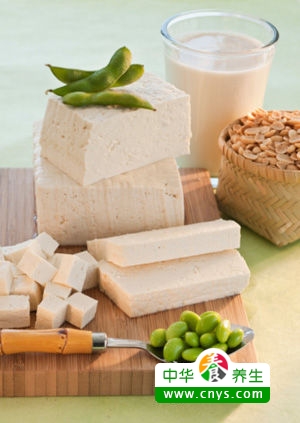
1. Bean food
Eating high fiber content of soybeans and peas can help relieve congestion symptoms in the uterus, thus reducing the suffering of dysmenorrhea. Because legume food can be digested by the trace of long Tun ketone, the content of water in feces and faeces increases. Once excreted, excess liquid is removed from the body, digestion is normal, and constipation and diarrhea are reduced. Legumes are also rich in vitamin B. Vitamin B can effectively alleviate dysmenorrhea and menstrual fatigue. Although eating more beans will fart, the embarrassment of farting can be avoided as long as you eat less and more, eat slowly and gradually increase the consumption, or take some digestive enzymes after eating.
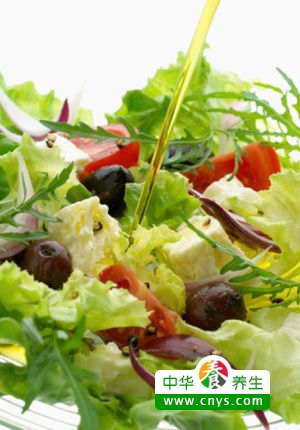
2. Green vegetables
Calcium, magnesium and potassium in green vegetables can reduce and prevent dysmenorrhea. These minerals can also relax people's mood and reduce their restlessness. Dark green vegetables also contain vitamin K. Vitamin K is one of the essential substances for coagulation and prevention of excessive bleeding.
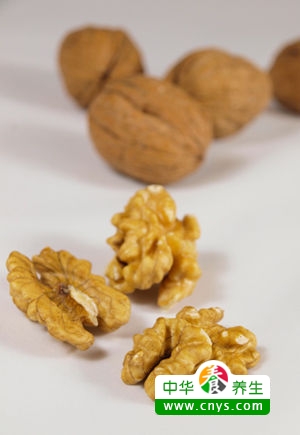
3. Omega-3 fatty acids
There is a substance in the human body called prostate coco Ling Xiao Su, which is similar to hormone substances, and participates in the mechanism of muscle contraction and dysmenorrhea symptoms. One of the most effective ways to stop prostaglandin production in his species is to eat salmon, walnuts and flaxseed. Because these foods contain a lot of omega-3 fatty acids. According to a study published in the European Journal of clinical nutrition in 1995, women who prefer omega-3 fatty acids in their diet have less menstrual discomfort than other women who don't eat them often
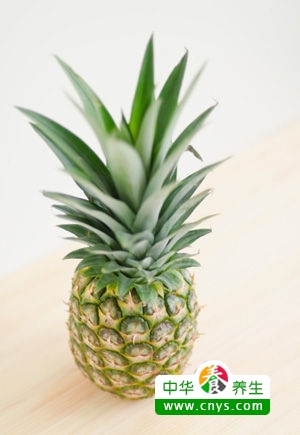
4. pineapple
A report from the center for human nutrition research, USDA, found that young women with low manganese intake had 50% more menstrual intake than women with normal intake. The report suggests that women need to increase their manganese intake to reduce menstrual discomfort. Fruit has high manganese content, among which pineapple is the most abundant. Pineapple also contains high levels of pineapple enzyme. This enzyme helps to relax muscles, thus preventing menstrual cramps.
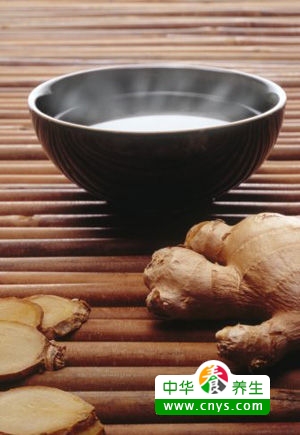
5. Ginger tea and Ganju tea
Tea is another source of manganese. Women should try to avoid caffeinated tea, according to researchers at the human nutrition research center of the U.S. Department of agriculture. Because caffeine can cause menstrual discomfort to increase. However, ginger tea can help relieve nausea and bloating. Chamomile tea can also eliminate muscle spasm and relieve tension, thus reducing the anxiety of women during menstruation.

6. water
* excessive fluid retention is the main cause of uterine congestion and dysmenorrhea. * increasing water intake is one of the best ways to effectively reduce water retention. This seems a bit contradictory. If we want to reduce fluid retention in the body * why should we increase the amount of drinking water? In fact, if we don't have enough drinking water, our body may over reserve the excess water. Drinking water will help the excess water out of our body.
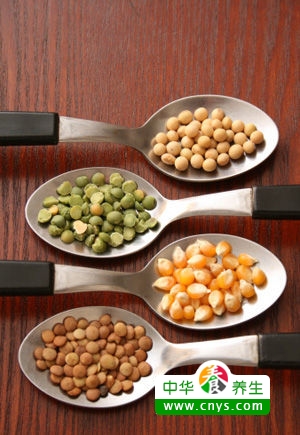
7. Grains
British doctors have found that 70% of women say that taking a small amount of carbohydrates every three hours during menstruation and staying in bed for one hour can effectively alleviate the symptoms of menstrual discomfort. Cereals are rich in magnesium, researchers say. Magnesium can reduce nerve muscle tension and relieve dysmenorrhea symptoms. In addition, cereals are also rich in vitamin B and vitamin E, which helps to eliminate fatigue and depression.

8. yogurt
Yogurt contains active lactobacillus, which is also a good source of calcium. Experts said that women usually drink an average of 600 milligrams of yogurt. If it reaches 1300 mg during menstrual period, it may help relieve menstrual discomfort. However, due to the presence of arachidonic acid in meat and dairy products, which contributes to the production of prostaglandins, as mentioned earlier, prostaglandins are one of the causes of dysmenorrhea. It is better for women to choose other calcium supplements, such as broccoli, cabbage, canned salmon, and calcium fortified foods, such as grains and juice.









